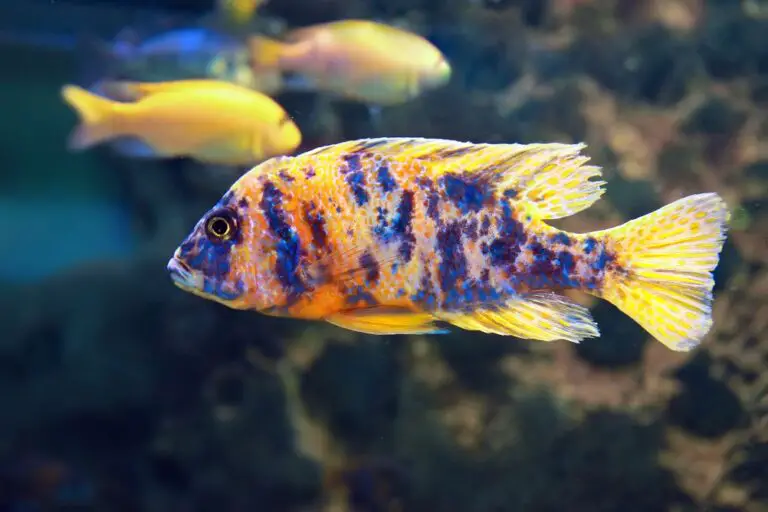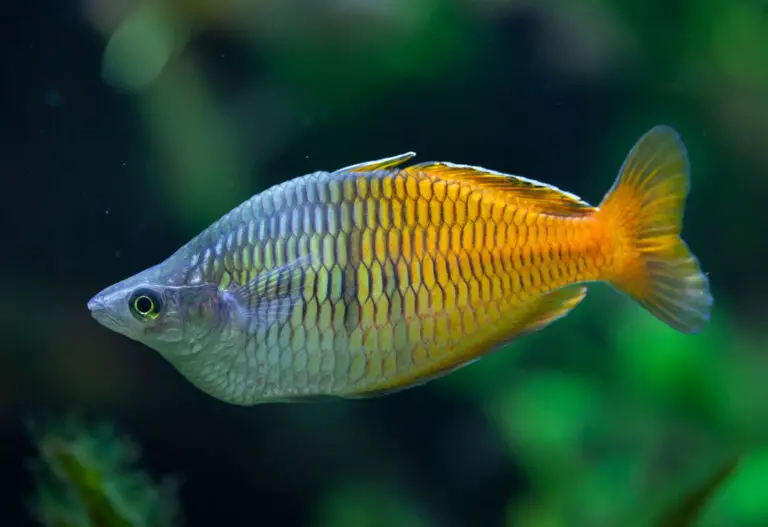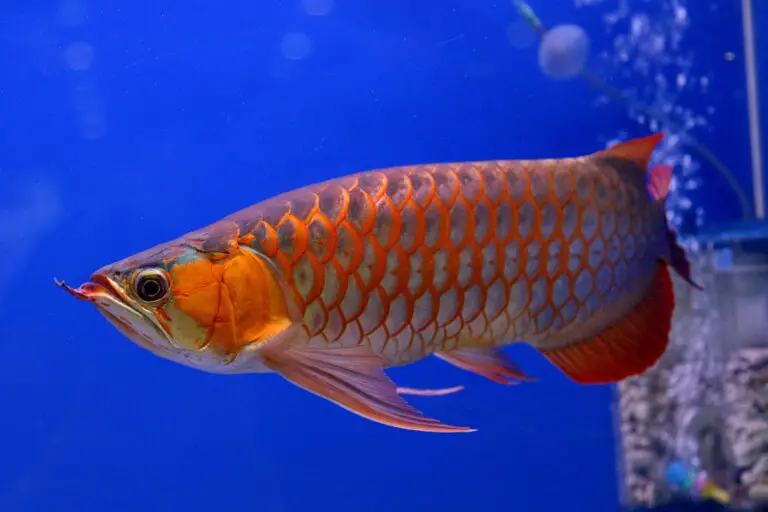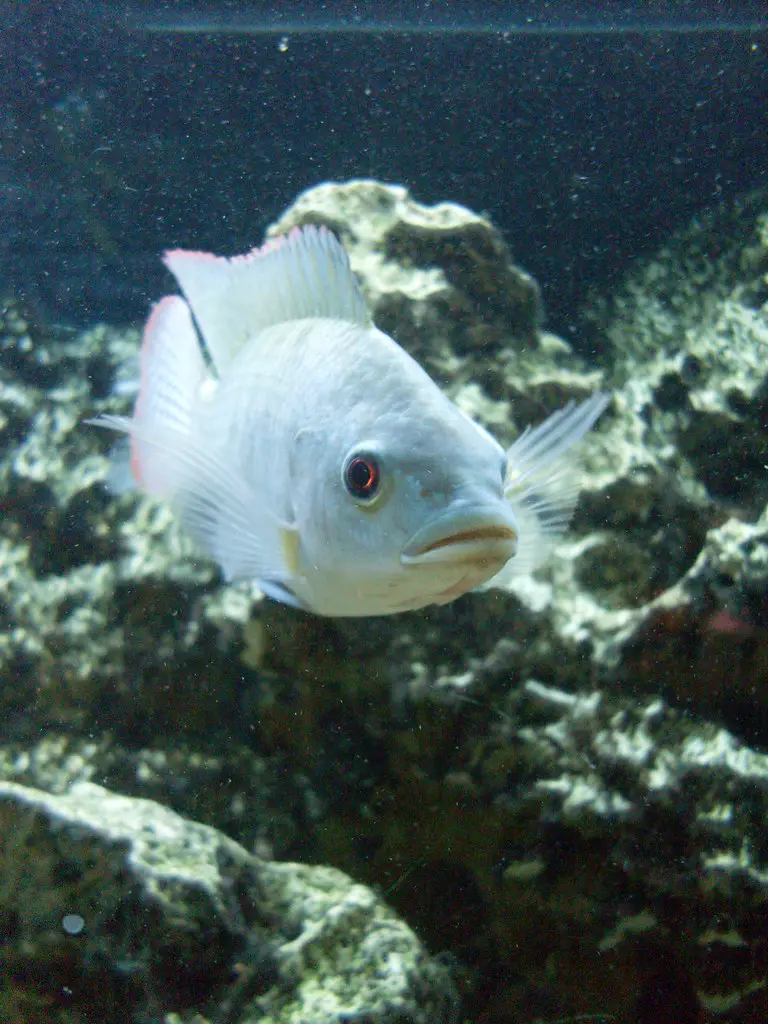Vibrant Endlers: Miniature Marvels of Freshwater
In the vibrant and diverse world of freshwater aquarium fish, the Endler’s livebearer stands out as a miniature marvel with a rising star among aquarists. These tiny, yet charismatic fish have gained a dedicated following, offering enthusiasts an opportunity to witness the kaleidoscope of colors and dynamic behaviors within the confinements of their home tanks. This post is a comprehensive guide for aquarium aficionados looking to learn more about and potentially add these lively critters to their collection.

Understanding Endler’s Livebearers
Endler’s livebearers, descended from the wild populations in Venezuela, were once relatively unknown in the aquarium trade. Historically mistaken for guppies due to their similar size and appearance, it wasn’t until the spotlight turned to the Endler’s more unique genetics, coloration, and specific ecological niche, that they began to be recognized as a distinct species. Unlike guppies, Endlers exhibit subtle differences in their body shape, coloration, and finnage, with the males particularly known for their brilliantly patterned scales and dorsal fins.
Guppy or Endler: What’s the Difference?
While the casual observer might easily mistake them for guppies, several distinctions set Endler’s livebearers apart. Guppies tend to exhibit a more significant size difference between males and females, with the males often developing longer tails. Endlers, on the other hand, boast a more equal size and fin length. Their color patterns, too, offer a telling difference. Endlers typically display fewer, broader stripes, and their coloration tends to be more vibrant and less variable than guppies, with a tendency towards high-contrast patterns.
Setting Up the Perfect Environment
To thrive, Endler’s livebearers require a stable environment that mimics their natural habitat. This generally means a well-filtered, planted tank with lots of hiding spots. The size of the aquarium is relatively unimportant; a trio or even a pair of Endlers will do well in as small as a 5-gallon tank. Just make sure that despite the small size, these tanks are still efficiently filtered and maintained. Keep the water on the slightly hard side with a neutral pH, avoid ammonia, and ensure the temperature hovers around 72-82°F.
Choosing Companions Wisely
Community tanks can thrive with Endlers but with thoughtful consideration. Compatible tank mates include small species like neon tetras, otocinclus catfish, and dwarf shrimp. Avoid aggressive species or those known for fin-nipping tendencies, as the Endlers’ flashy fins can make them targets.
Feeding and Care
Endlers are generally quite easy to care for, but attention to their diet and water quality is essential. They are omnivores and will accept a wide range of foods including flakes, pellets, live, and frozen foods. However, a varied diet will always benefit their health the most. It’s critical to not overfeed, as excess food can quickly degrade water quality in a small tank.
Tips for a Happy School
A school of Endlers in a clean, well-maintained tank is a sight to behold. To keep your Endlers looking their best, ensure that the tank is kept relatively clean. Regular water changes, a balanced diet, and ample space for swimming and hiding will keep your Endlers healthy and vibrant.
Breeding Endlers
The prowess of Endlers in breeding is equal to that of their guppy cousins. In a home aquarium, Endlers will reproduce readily, and it’s not uncommon for enthusiasts to start with a handful and soon find themselves managing a regularly expanding school. Like all livebearings, fertilization is internal, and you won’t have to do anything special to encourage breeding. Just make sure there are plenty of hiding spots for the fry and watch your population grow.
Creating a Breeding Haven
Live plants, especially those with dense foliage, play a crucial role in successful breeding. They offer both hiding places for the fry as well as biofilms with smaller food particles that are ideal for their early stages of development. Floating plants like water lettuce or hornwort can also provide shade and security. Remember, a heavily planted tank can offer security for the vulnerable fry, reducing the feeding burden and minimizing the potential for stress-induced illness.

Why Endlers are Unique
Endlers are a delight for the senses, combining brilliant colors with an energetic disposition. Their size is compact, but their presence commands attention. When established in a home aquarium, an active group of Endlers can add a pop of color and kinetic charisma, often becoming a favorite among all the other inhabitants.
A Rainbow Reservoir
The allure of Endlers lies not just in their breeding potential, but in their daily displays. They are constantly on the move, with males in particular eager to show off their wares. The color pallet of Endler’s livebearers is vast, spanning the spectrum from fiery reds to electric blues, and the patterns that adorn their scales never fail to astonish anyone watching them.
In Conclusion
Endler’s livebearers represent a miniature masterpiece in any freshwater aquarium. Their rising popularity among aquarists is merited by their captivating beauty and the relative ease of their care. With a little attention to detail in setting up a proper environment, providing the right food, and ensuring water quality, Endlers can become a central attraction in your tank, bringing joy with their vibrant presence and the potential for a thriving school. Whether you are new to the hobby or a seasoned pro, consider exploring the world of Endler’s livebearers. Trust me, once you’ve witnessed the spectacle of an Endler school, there’s no going back.
Interested in kick-starting your own Endler’s livebearer tank? Share your enthusiasm and learnings with the community by hitting those share buttons.
Invest in a trio or quartet, ensure a well-furnished tank, and watch these magnificent miniatures transform your underwater world. It’s a step well worth taking in the pursuit of an aquarium that’s as engaging as it is beautiful.







